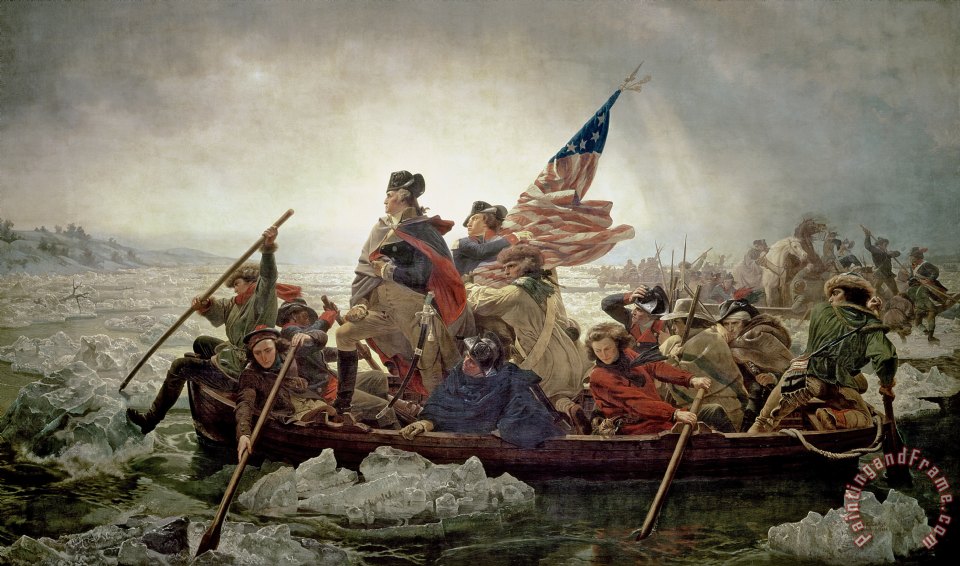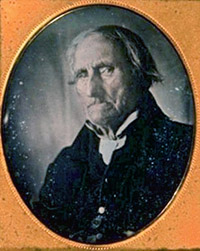Christmas 1776: Washington Crosses the Delaware


From the desk of Jan Hommel, Museum Director:
In the winter of 1776, General George Washington and his ragged army had experienced only defeat and despair. The War for Independence was going badly, with failure after failure.
On December 25, 1776, General Washington, leading the soldiers into battle for the first time in the war, crosses the Delaware River with 5,400 troops, surprising and overwhelming the Hessian force that was celebrating Christmas at their winter quarters in Trenton, New Jersey. The attack came after several months of major defeats for Washington’s army that had resulted in the loss of New York City and other strategic points in the region. Against all odds, this decisive victory by Washington and his men, helped turn the war back to the American’s favor. By moving ahead with his bold and daring plan, Washington re-ignited the cause of freedom and gave new life to the American Revolution. This victory raised the spirits of the American colonists, who previously feared that the Continental Army was incapable of victory.
Did You Know:
- Washington crossed the Delaware River so that his army could attack an isolated garrison of Hessian troops located at Trenton, New Jersey.
- The Delaware River is less than 300 yards (268m) wide at the point where Washington’s army crossed.
- Washington’s attack plan included three separate river crossings, but only one made it across.
- Col. Henry Knox was given command of the river crossing operation.
- Washington’s force used a collection of cargo boats and ferries to transport his men across the Delaware.
- Experienced watermen from New England and the Philadelphia area guided the boats across the challenging river.
- The crossing was made worse by the arrival of a strong storm that brought freezing rain, snow, and terrifying winds.
- The Continentals brought a great quantity of artillery across the river.
- Temperatures for the crossing ranged from 29 degrees to 33 degrees, with brisk winds coming out of the north east.
- Spies and deserters had informed the British and Hessians that Trenton was likely to be attacked.
- Washington’s carefully planned timetable was woefully behind schedule and Washington contemplated cancelling the attack.
- It took the American army roughly 4 hours to march from the river crossing site to the outskirts of Trenton.
- Future US President James Monroe crossed with the American forces and was wounded at the Battle of Trenton.
- Washington chose the challenge or counter-sign of “Victory or Death” for his forces who crossed the river.
- George Washington was 44 years old at the time of the Delaware River crossing.
- There were roughly 1,380 Hessian soldiers in and around Trenton at the start of the battle.
- One soldier who made the crossing lived long enough to be photographed:
It is amazing to think that a soldier who crossed the Delaware with George Washington lived long enough to be photographed. Conrad Heyer would have been nearing or over 100 years of age when he sat for this photograph in 1852. He also holds the distinction of having the earliest birth date of anyone who has ever been photographed.

One of the most famous of American paintings shows Washington and his army crossing the Delaware River.
